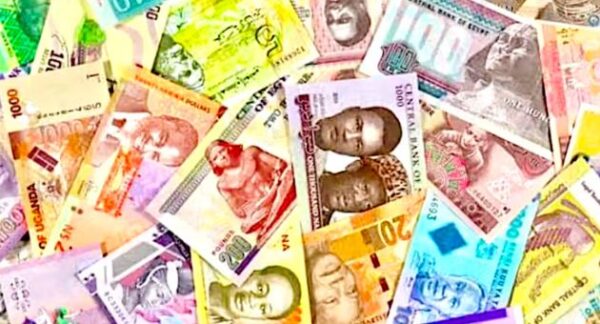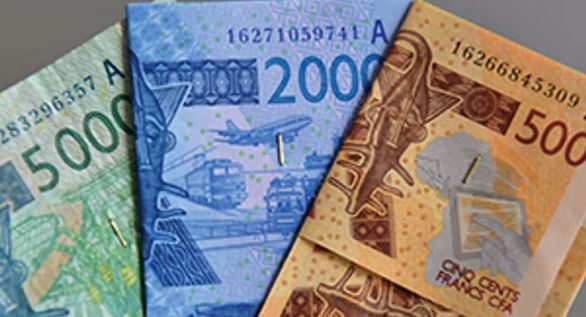Lifestyle
5 African countries that changed their currency after independence

When African countries gained independence from their colonial rulers, they faced many changes.
One of the most important changes for many countries was switching from the colonial currency to their own national currency.
This decision represented a desire for more economic freedom, a way to establish their identity and to show self-governance.
However, changing the currency wasn’t an easy process. It required a lot of planning and sometimes led to both economic challenges and opportunities for growth.
Here’s a look at five African countries that decided to change their currency after independence, why they made this decision, and how it impacted their economies.
1. Ghana
Ghana, the first African country to gain independence in 1957, set the pace for many African nations. Shortly after gaining freedom from British colonial rule, Ghana replaced the British West African Pound with its own currency, the Ghanaian pound. By 1965, the country switched again, introducing the Ghanaian cedi to replace the pound.
2. Nigeria
Nigeria, which gained independence from Britain in 1960, followed a similar path. Initially, Nigeria used the Nigerian pound, which was similar to the British pound. However, in 1973, Nigeria introduced its own currency, the Naira.
3. Guinea
Guinea, after gaining independence from France in 1958, was one of the first French-speaking countries to break away from the colonial currency system. Guinea introduced its own currency, the Guinean franc, replacing the French West African franc (CFA franc).
However, the country experienced economic instability and inflation following the change, as the shift to a new currency created some financial challenges. Despite these challenges, the Guinean franc remains the national currency today.
4. Tanzania
When Tanzania became independent in 1961, the country initially used the East African shilling, which was shared with Kenya and Uganda. However, in 1966, Tanzania introduced its own currency, the Tanzanian shilling, to replace the East African shilling.
This move was intended to provide the newly independent country with greater economic control. The Tanzanian shilling allowed the country to establish its monetary policy and strengthen its sense of nationhood. Over time, it became a symbol of Tanzania’s political and economic independence.
5. Somalia
After gaining independence in 1960, Somalia used the Somali shilling, replacing the East African shilling that was used under British and Italian colonial rule.
The introduction of the Somali shilling allowed the country to control its own monetary system. Although the country has faced numerous political and economic challenges over the years, the Somali shilling remains in circulation today.










